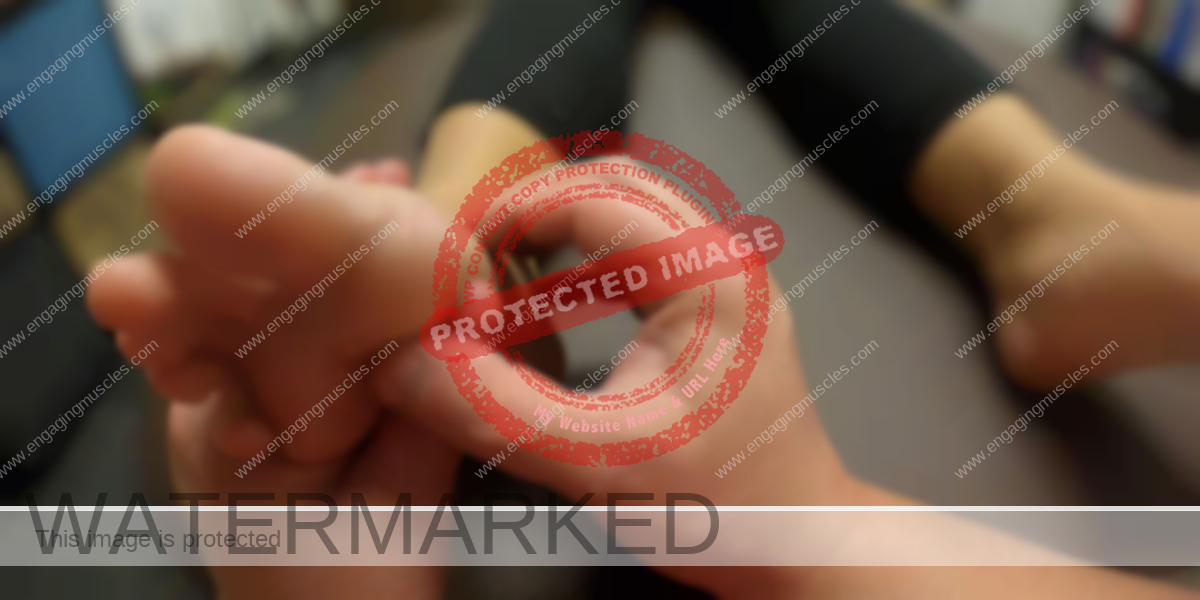Regardless of what the experts have told you, plantar fasciitis (PLAN-tur fas-e-I-tis) is rarely about your foot.
Like many musculoskeletal conditions, first-layer knowledge has you managing the symptoms that regularly accompany plantar fasciitis (PF).
If you aren’t familiar with first-layer knowledge, here’s the context in which I use the term: a thought process, tool, technique, or methodology that, no matter the circumstances, isn’t capable of getting to the root cause.It may surprise you that 99% of what’s regularly thrown at the pain and symptoms accompanying plantar fasciitis doesn’t get to the root cause.
Then again, if you’ve had plantar fasciitis for this long, what you’ve read thus far confirms what you’ve been thinking.
In 2021, 400 million dollars was thrown at chasing the pain and symptoms that regularly accompany plantar fasciitis.He who treats the site of pain is lost.
— Karel Lewit
Note to the reader: when I use ‘most’ before pointing out how ridiculous the college-educated experts’ recommendations are for plantar fasciitis, I’m saying it’s 90% of the time.
If we are honest, you don’t know what you don’t know. So when you’re making decisions that can have an unforeseen domino effect, I want you to read the word ‘most’ and recognize that it’s not 51% of the time. Instead, it’s 90% of the time.
For example, you have 12,000 podiatrists to choose from. Of course, podiatrists are only “qualified” to work with your feet.
(Priorities)
When all you have is a hammer, you can bet your last dollar; most podiatrists will recommend bringing the ground up to meet your arches with custom orthotics (that aren’t any more therapeutic than the store-bought kind).
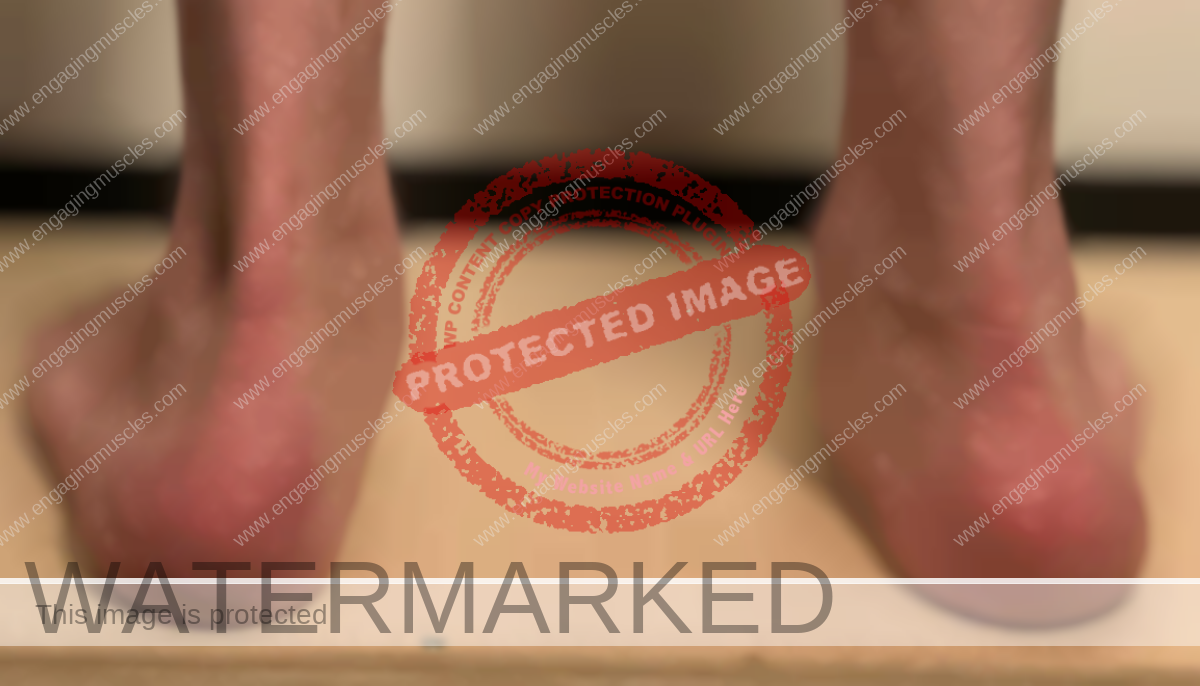
So I’m confident when I say, from a mechanical perspective, that your tibia, the biggest of the two bones that make up your lower leg, and your femur, a component part of your hip, are mechanically interconnected with your ankle (aka rear-foot).
So even though podiatrists are only licensed to work with your feet, the compensation that custom orthotics cause is far-reaching.
To be fair, many physical therapists and chiropractors also sell custom orthotics.
Meanwhile, over the last few years, chasing back pain and symptoms has added up to billions of dollars. 🤔 💰 💉 🔪 💊 🏥
Decisions, Decisions (and first-layer knowledge)
Having dealt with plantar fasciitis, I know how challenging it can be.In any decision, information is power.
— Maria Konnikova, author of The Biggest Bluff (affiliate)
Before plantar fasciitis, I had a kneecap that wasn’t tracking correctly.
A chiropractor fitted me for a pair of custom orthotics designed with the notion that keeping my feet in a neutral position was a good thing.
If that wasn’t a time to put my skeptic hat on, I don’t know what was.
When all was said and done, my feet were forced to roll out at a time when they were supposed to be rolling in (aka pronation).
To put what you read in the previous sentence in perspective, the arch support didn’t allow my feet to initiate shock absorption. So, of course, my feet were forced to come in contact with the ground with much more impact.
Because the custom orthotics forced my feet to take a roundabout way to my big toe, my feet also stayed on the ground longer.
Talk about a workaround. (emphasis added)
It wasn’t long after being fitted for custom orthotics that I was diagnosed with plantar fasciitis.
Knowing what I know now, I can trace my kneecap tracking improperly and my bout with plantar fasciitis back to instability and compensation.
Is It A Fact That Your Calves Are Tight?
Or is it a sensation?
Rest assured, if you were lying on my treatment table, I could show you that your calf muscles aren’t tight.
To have plantar fasciitis, many of the 10 to 12 muscles that cross your ankle are underperforming.
Sidebar: two lower leg/foot muscles are absent in a percentage of the population. Not having those two muscles doesn’t make you more likely to have plantar fasciitis or plantar fasciosis.
Rule of thumb: measure the range of motion at your ankle in more than one direction, and don’t stretch your calves because stretching creates more problems than it solves.The Negative Impact of Cookie-cutter Calf Stretches When you’ve been diagnosed with plantar fasciitis and stretch your calf muscles with the mindset that they’re tight, you unknowingly increase instability, which increases muscle tightness.
No matter how good a calf stretch feels in the moment, it’s not capable of emphasizing any of the 5 to 6 muscles on the back of your lower leg.
Instead, all of those muscles get collected in the stretch.Beyond your conscious awareness, your brain perceives the cookie-cutter calf stretch regularly recommended for plantar fasciitis as a stressor.
Similarly, when you use a lacrosse ball to roll out your feet or a hands-on massage technique that releases muscles or fascia, your brain perceives the pressure as a stressor.While we’re on the subject of stressors, using a lacrosse ball to roll out your feet isn’t specific to a single muscle. Of course, deep tissue hands-on techniques are also not specific to one muscle.
So, of course, muscles that are playing their role to the best of their ability also get collected in the pressure.
Rule of thumb: stretching and releasing muscles with tools and hands-on massage techniques increases instability, and, as a result, muscle tightness increases.
Which Calf Muscles Are Tight?
If you take a chance on another expert to figure out why you have been dealing with plantar fasciitis for this long, ask them, Which calf muscles are tight?Follow your first question with, Which muscles are underperforming?
Then watch for the blank stare. It could be a flinch, so watch for that as well.
Either way, their response will tell you all you need to know about their depth of knowledge.
You can’t manage what you don’t measure.
— Peter Drucker, author of Managing Oneself (affiliate)
If we are being honest, besides first-layer knowledge, most experts don’t have the skill set to identify a tight muscle from a muscle that’s underperforming.
Of course, there are better alternatives for plantar fasciitis, yet, most experts pretend that night splints, rolling your foot on a frozen water bottle, and calf stretches deliver on a promise.
Before you pay hundreds of dollars for custom orthotics, you will likely be given a calf stretch as homework.For the most part, calf stretches are also recommended before a Cortisone injection (aka steroid injection).
We are particularly susceptible to bias when we are hurting or desperate.
— Kevin Kelly, author of Excellent Advice for Living (affiliate)
When calf stretches don’t get to the root cause and instead dampen the neurological input to your calf muscles, most podiatrists will recommend custom orthotics or Cortisone injections (aka steroid injections).
Since it would be impossible for calf stretches to address the root cause, I think, stretching leads to more sales of custom orthotics and Cortisone injections. 🤔 🦵 💰 💉While it can be difficult to think long-term, I’m confident when I tell you that custom orthotics and Cortisone injections are destructive.
(Priorities)
The college educated experts who recommend calf stretches have had two decades to wrap their heads around the fact that stretching dampens the neurological feedback to muscles.
How does dampening the neurological feedback to muscles play out for you?
Answer: calf stretches cause your muscles to be weak, and, as a result, your feet are less responsive to the ground.
Meanwhile, plantar fasciitis is primarily due to your feet staying on the ground too long.Plantar Fasciitis Is Due To Your Foot’s Inability To Supinate
Although it doesn’t lend itself to more sales of custom orthotics, plantar fasciitis is less about pronation and more about your body’s inability to take advantage of the motions consistent with supination. (answers coming)
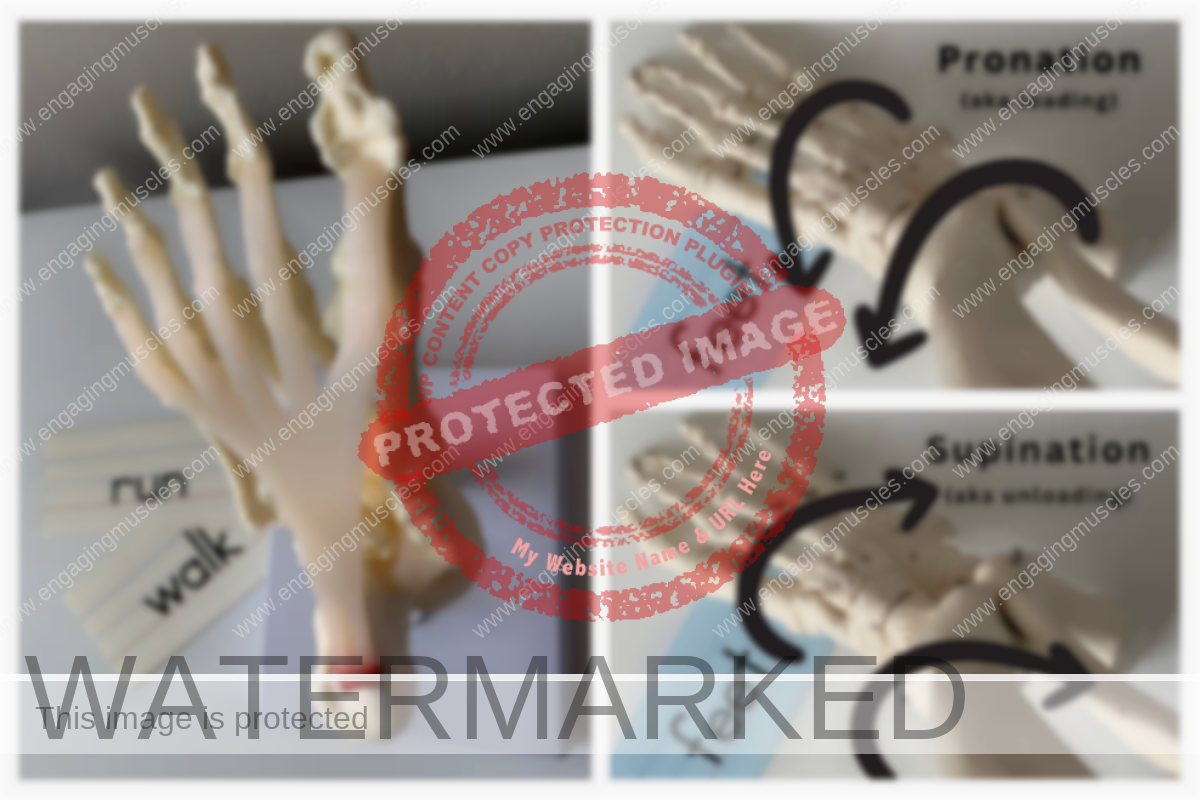
Plantar fasciitis is less about your feet and more about your trunk and spinal muscles not supinating your feet from the top down.
If you find it difficult to wrap your head around how muscles throughout your trunk and spine are responsible for supinating your feet from the top down, watch a professional swing a golf club.When you watch the golf swing, look for the feet to be the last to move. One foot will pronate (aka roll in), which involves motions that allow the foot to go with gravity. On the opposite side of a golfer’s body, you’ll see the foot supinate (aka roll out).
Supination involves motions that allow the foot to go against the pull of gravity. Pronation involves motions that allow the foot to go in the direction of the pull of gravity.
From now on, when you see someone swing a golf club, you’ll be cognizant of the muscles from above driving motion of the feet from the top down.
Whether you’re walking, running, or swinging a golf club, the environment of your feet determines the timing at which your joints move.The most active part of the body in the golf swing is the feet. — Sam Sneed
When you walk, run, or swing a golf club with custom orthotics underfoot, the arch support doesn’t provide the space for your feet to go in the direction that gravity is pulling.
So regardless of the height of your arches, custom orthotics eliminate pronation and supination.
Because it’s impossible for human feet to supinate with arch support, people are diagnosed with plantar fasciitis even when they’ve been using custom orthotics. (answers coming)
After all this time with plantar fasciitis, you may feel screwed.
Because most college-educated experts can’t get out of their own way, you aren’t far from the truth.
First-layer Knowledge Has You Screwed

How about the feeling that something in your foot is tearing on those first few steps in the morning, have you felt that?
And forget about going down the stairs first thing in the morning. Without a little warm-up, hurrying down the stairs is next to impossible.
It can be difficult to realize your feet are interacting with the ground in a way that’s detrimental to your health.
Nonetheless, the timing at which your foot collides with the ground and the point at which your heel leaves the ground is why you have plantar fasciitis.
Many years ago, I watched a film that started with what could only be described as a bunch of tiny objects moving in a circular path. Then, as more time passed and the camera gradually zoomed in, I could make out what was moving in a circular path of motion.
To my surprise, I had been watching hundreds of runners in a marathon.
From that vantage point, the dominant motion is rotation.
When your feet are on the ground and you watch someone walk or run, the dominant motion from that vantage point is forward and backward.
Whether you’re walking or running, your feet screw themselves into the ground.
Then, not long after your body comes over your foot, muscles throughout your trunk and spine initiate the unscrewing of your foot—motion occurring from the top down.
To get your foot off the ground at the right time in the walking gait cycle, you have to have an entire army of trunk and spinal muscles that are neurologically capable of doing some heavy lifting from the top down.
Whether your feet are driven from the top-down in the golf swing or from the bottom-up when your foot collides with the ground in the walking gait cycle, you want your feet to take advantage of motion at the right time.
Hacking At The Branches (and chasing pain)
Although the term protocol has a better ring than ‘the cookie-cutter approach for plantar fasciitis’, a protocol is designed with efficiency and the bottom line in mind.Are muscles throughout your trunk and spine contributing to creating an arch of your foot in the walking gait cycle?
Your plantar fascia is a ligament. And your muscles are the ligament’s first line of defense against an injury.
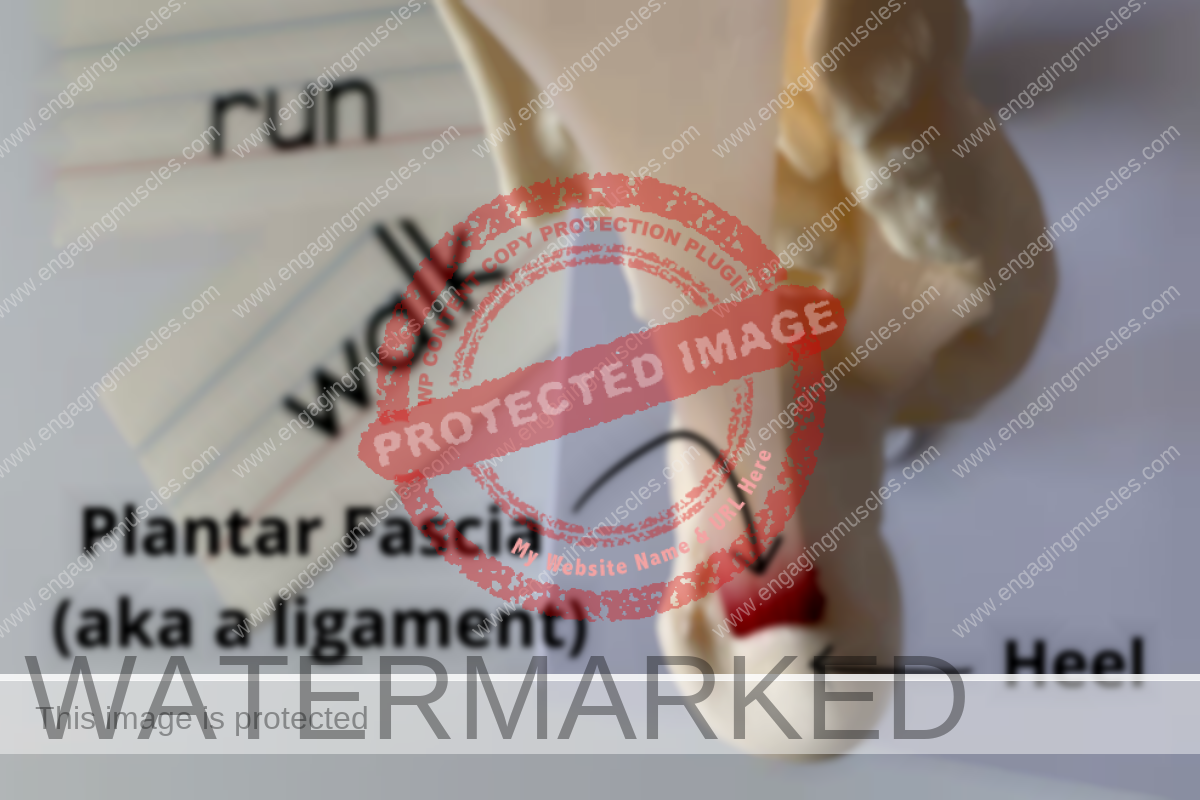
So it’s absurd for an expert to resort to a surgical procedure to release your plantar fascia.
Custom Orthotics Increase Compensation and Fragility
When experts want to sell custom orthotics, pronation has far more fear appeal than supination.To sell custom orthotics, most podiatrists will say their custom orthotics control pronation, and that’s not true.
Circling back to what I mentioned earlier, when you have custom orthotics right up against your arches, your feet can’t move in the direction that gravity is pulling. Therefore, custom orthotics don’t control motion.
Beware, when stretching, rolling your foot on a frozen water bottle, and custom orthotics aren’t playing out as described, you may hear experts say something along the lines of, “If you lose weight, your plantar fascia will be better for having done it.”Ethics is a separate issue, but it isn’t predictive in the context of capitalism. If something is legal and profitable, it will happen, a lot.
— Scott Adams, author of Loserthink (affiliate)
If you have weight to lose, your feet will come into the ground harder for having custom orthotics underneath your feet. And, your feet can’t supinate.
While we’re on the subject of first-layer knowledge, most podiatrists will also tell anyone who will listen that custom orthotics provide stability.
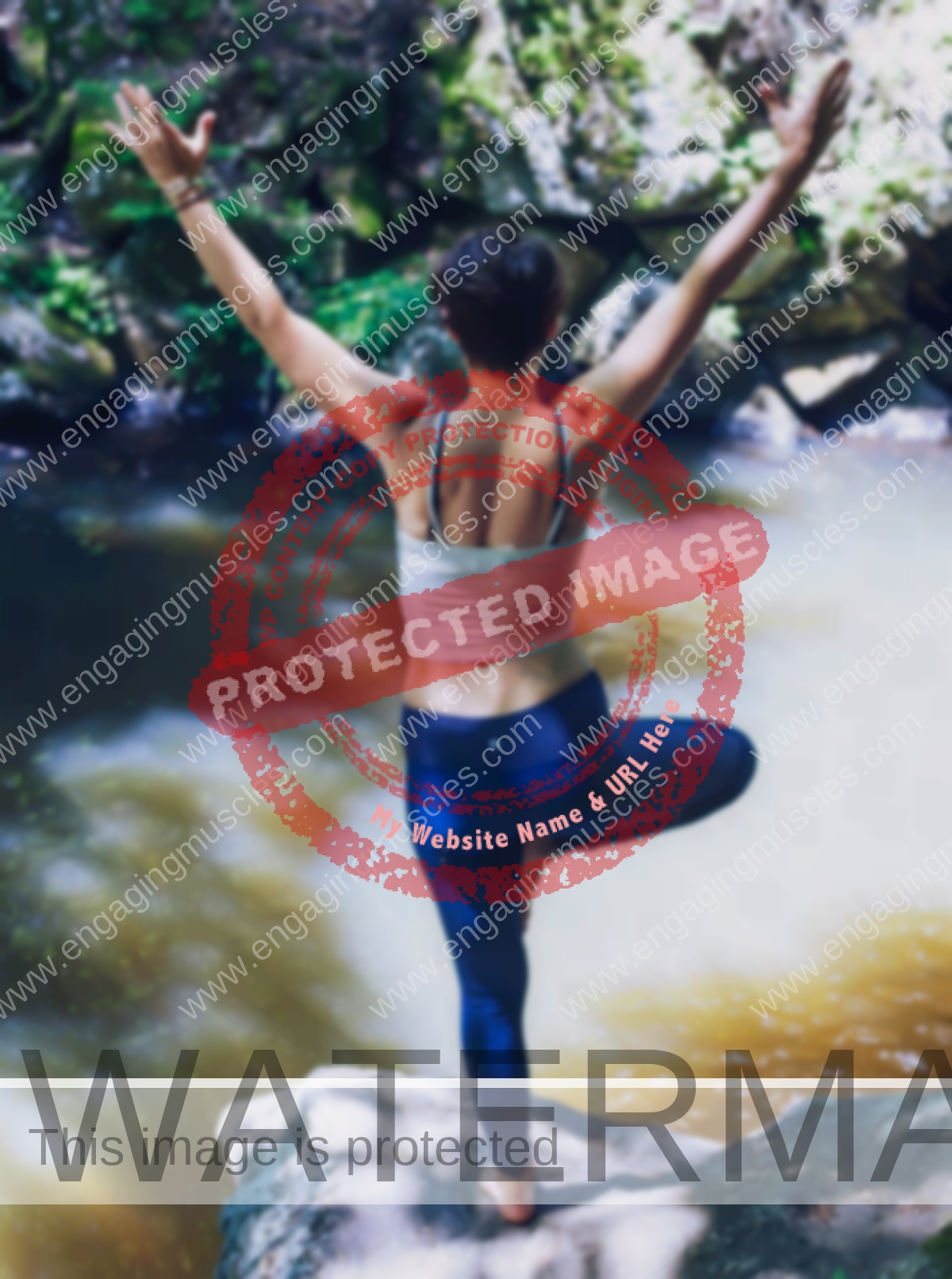
(Priorities)
Although not nearly as expensive as custom orthotics, the colorful kinesiology tape that’s worn like a badge of honor also provides external support. The difference is, the colorful tape that can regularly be seen peeling off within minutes of it being applied is relatively harmless.
While kinesiology tape is used at every level of sports, fingers crossed, we can hope critical thinking was included in the college education that most athletic trainers and physical therapists are proud to have received.
Most experts fail to recognize that a placebo only allows for so much.
Nonetheless, in 2021, store-bought orthotic insoles and the custom-made kind regularly recommended by experts for plantar fasciitis added up to 3.2 billion dollars globally.
If the trend to support feet continues, global orthotic insoles sales have been projected to reach 5.7 billion dollars by 2031.
That’s a lot of weak feet. (emphasis added)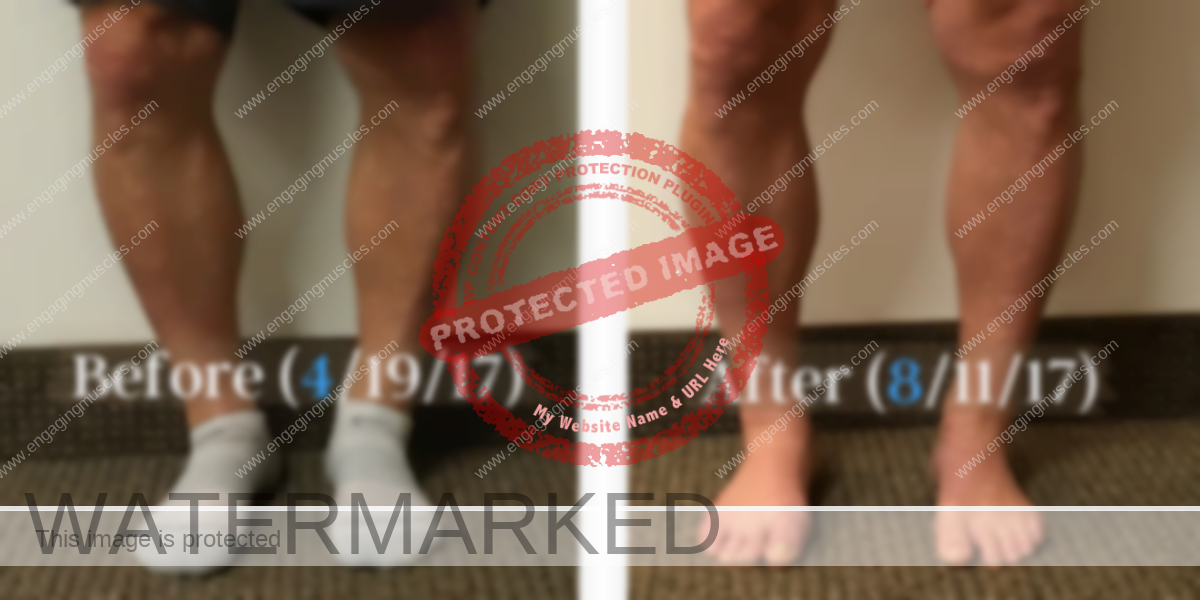
Workarounds (and the domino effect)
When your feet interact with the ground, it’s 100% subconscious.
Gravity and Ground Reaction Forces Have Two Things In Common
- they provide an external force that results in a push or a pull
- they are invisible to the naked eye
For years, many physical therapists have said (paraphrasing), When you have more stability throughout your trunk and spine, you will have more stability throughout your extremities.
Along the same line, many physical therapists have also said (paraphrasing), When you have more stability, you will also have more mobility.
While it’s true that increasing stability allows for those outcomes, most physical therapists don’t do what’s capable of increasing stability.
Although I haven’t been with you every step of the way on your journey with plantar fasciitis, I’m willing to bet most of your time in physical therapy was spent doing one-size-fits-all exercises and cookie-cutter calf stretches.
Because physical therapy offered nothing that allowed for more stability, you unknowingly walked away with more compensation.
And as a result—a different workaround.
Anyone for a surgical procedure to release your plantar fascia? (sarcasm intended)
How about a back surgery? 🤔 💰 💉 🔪 💊 🏥
The internal stability your muscles provide at a joint is invisible. Whereas the external stability that custom orthotics and overly supportive shoes provide is easy to see.We have all had the experience of dealing with a service provider who seems to have been reduced to a script-reading automaton.
— Matthew B. Crawford, author of Shop Class As Soulcraft (affiliate)
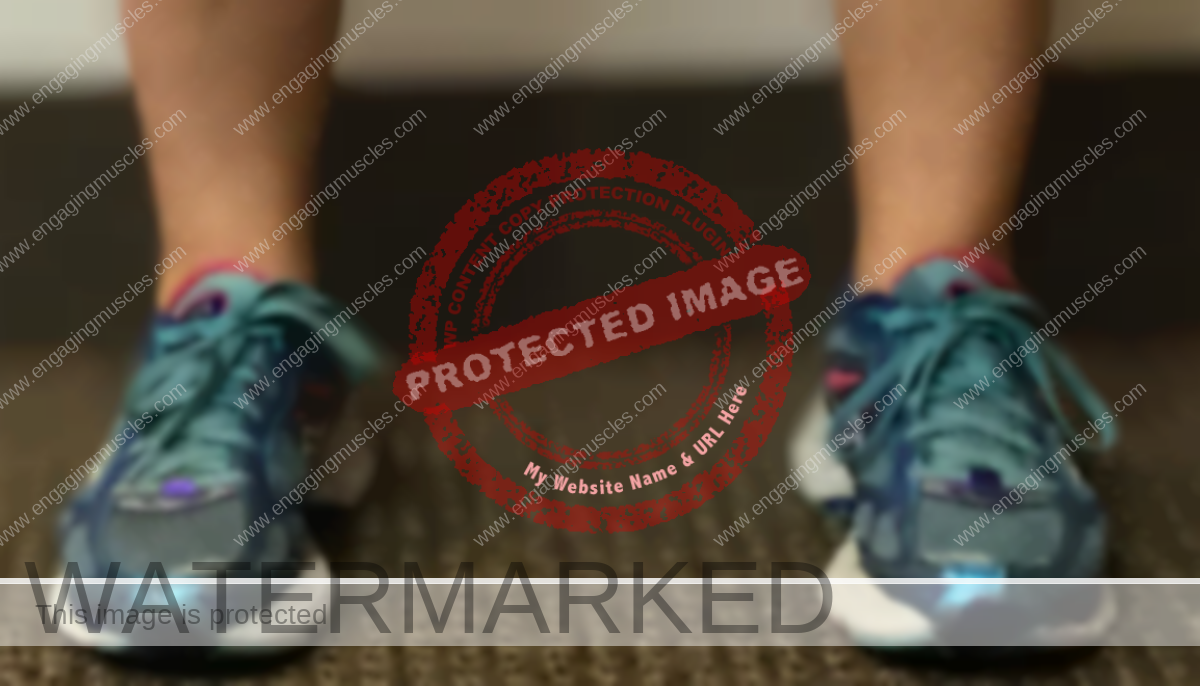
While they were processing, I remained silent. I wanted to tell them they were an injury waiting to happen for quite some time. But I didn’t, because I felt they weren’t ready to hear it. So instead, I kept doing what allowed for more stability.
If you want to know why you have plantar fasciitis, you could return to when you sprained your ankle. With an ankle that swelled to the size of a softball, you may have limped around until you no longer felt the pain.
It can be anything ( ? ). It’s your history of pain and injury.
All of the pain and injuries you have experienced up until now have unknowingly increased compensation.
For better or worse, compensation is cumulative.
When your brain doesn’t recognize stability beyond your conscious awareness, it will find a workaround that may or may not include pain.
Your body has unknowingly had multiple workarounds over your lifetime.
For example, if you’ve hired a golf pro, tennis pro, pitching coach, or running form coach in the past, their experience didn’t change the fact that your brain is hard-wired to protect you from yourself.
Therefore, everyone from weekend warriors to professional athletes add conscious compensation to the unconscious compensation that’s already present.
Second-layer Knowledge (and feet that unscrew themselves)
When you walk, your hip flexors are primarily responsible for lifting your heel off the ground.
To take what you read in the previous sentence a step further, in the walking gait cycle, your hip flexors play a bigger role in lifting your heel than all of your calf muscles combined.
For what I just described to occur, you have to have friction—a ground reaction force that opposes your feet.Case in point, when you wear socks on wood floors, you don’t have enough friction to get your heel off the ground at the right time.
Although friction isn’t what motivates most podiatrists to recommend not walking indoors without arch support, the fact of the matter is not having enough friction between your feet and the ground is going to irritate your plantar fascia.
To overcome plantar fasciitis, you need more than friction though.
What you want is for the wide array of muscles attaching to your pelvis to be neurologically capable of performing their role at the right time in the walking gait cycle.
The majority of your muscles attach to your pelvis. Together, they are capable of doing some heavy lifting.
If we are honest, most experts don’t know what any of those muscles can do individually or collectively.

When the neurological feedback between your muscles and brain isn’t up to speed, the underperforming muscles won’t unscrew your foot at the right time—leaving your heel on the ground longer.
We’re talking about milliseconds.
Getting To The Root Cause Of Plantar Fasciitis
With Second-layer knowledge, I can provide you with what it takes to get to the root cause of plantar fasciitis.

Over the last ten years, I have consistently helped patients with plantar fasciitis and foot pain without touching their feet.
Because I do what allows for more stability, patients regularly walk away from my table performing better than when they walked in.
More importantly, by the end of their sessions, every patient functions better than before plantar fasciitis struck.
Yes, I did say every patient.
(Principles)
For years, I’ve heard more people than I can count say stretching, foam rolling, rolling their feet around on a lacrosse ball, and custom orthotics have ‘helped’ or ‘worked.’
So to be clear, when I say I helped patients without touching their feet, I’m saying they no longer have the symptoms that regularly accompany plantar fasciitis.
Because they are closer to the side of the spectrum that reads, Antifragile, they are confident and comfortable walking without artificial support for their arches.
So instead, they walk with footwear that allows their feet to move naturally.
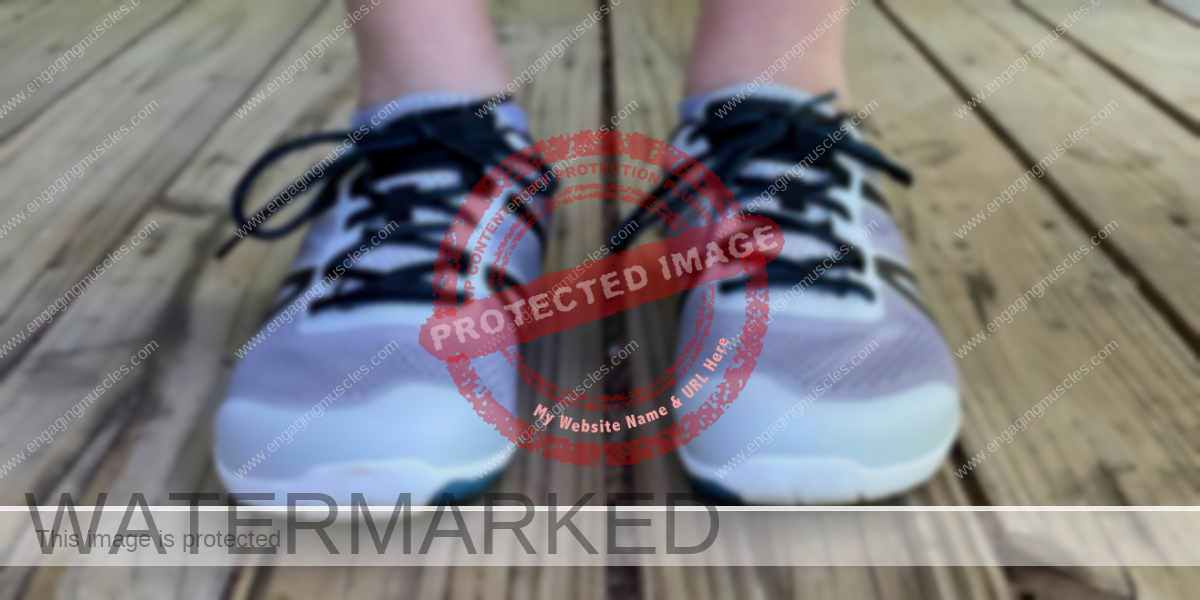
In other words, when your feet are in an environment that allows your joints to move in the way they were designed to function, your knees, hips, and spine are given the opportunity to remain antifragile as you age.
See, pronation and supination are motions that occur at most of the joints throughout your body—not just your feet.
[youtube-feed feed=2] When a brand of barefoot shoes was at the height of its popularity in 2010, mainstream media constantly compared them to overly supportive running shoes that, along with foot orthotics, have weakened feet for the past two decades (hint, hint).
Meanwhile, from 2010 until now, far more people have been walking than running.
Before plantar fasciitis struck, did you walk indoors without shoes?
If you answered yes, the thousand-dollar question is, were you doing most of your walking outdoors with support for your arches?
In other words, indoors, your feet were getting stronger. And outdoors, your feet were getting weaker.
(Prevention)
If you decide to make an appointment with me for plantar fasciitis, I would only have a plan of action once we talked. At some point in your first session, I would observe the available range of motion throughout your trunk and spinal column.
From there, I address the tendons of the underperforming trunk and spinal muscles with a transverse friction massage technique. Thanks for taking the time to read this post! If you enjoyed this post, please subscribe to Engaging Muscles. You can also like Engaging Muscles on Facebook, subscribe to my YouTube Channel, or connect with me on Twitter @rickmerriam. Some of the links I have shared with you are affiliate links. If you make a purchase using one of these links, I will receive a commission. The commission doesn’t cost you any more than what you would pay for these items on Amazon (as an example). As an Amazon Associate, I earn from qualifying purchases. When you use any of these paid links, you support the Engaging Muscles blog. That’s also the case with the Engaging Muscles podcast. This helps me to keep putting out valuable content.
- Author Bio
- Latest Posts

I have held a license to practice massage therapy for over 29 years. Early in my career, I was a nationally certified personal trainer for 18 years. During that time, I completed thousands of one-on-one private training sessions. I went on to teach biomechanics to personal trainers, group exercise instructors, and physical therapists throughout New England.
I worked as a sports massage therapist at ESPN.
Over the last few years, I have been quoted in Runner’s World UK, Massage Therapy & Bodywork, Massage Magazine, IDEA Fitness Journal, Massage & Fitness Magazine, and The Guardian Liberty Voice. I have also served as an applied biomechanics consultant for the fitness staff at Canyon Ranch, The Greenbrier, and ESPN.
From 2009 to 2018, I immensely enjoyed teaching applied anatomy & kinesiology at Parker University.
I offer the best deep tissue and sports massage at Engaging Muscles Massage in Dallas, Texas.
